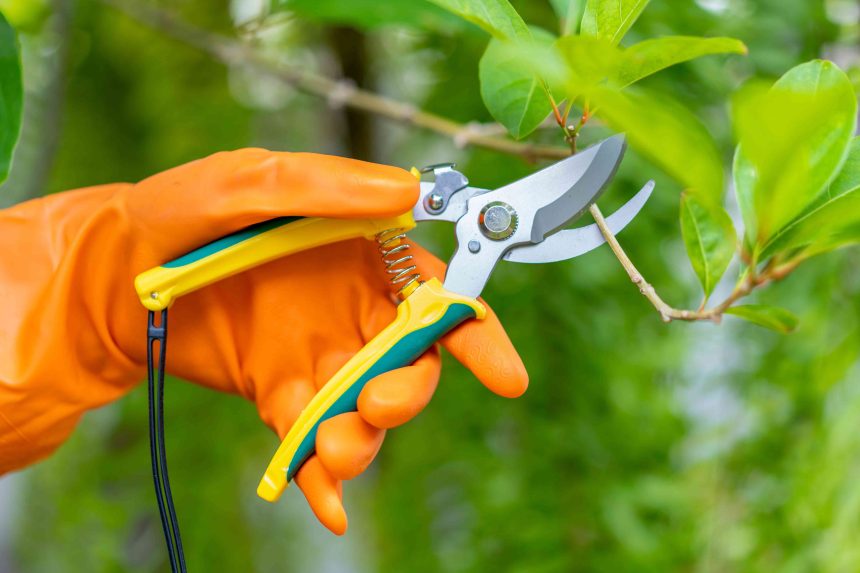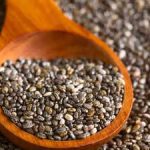Grab your pruning shears. Or is it hand pruners? Actually, several names refer to the same tool. There is no difference between pruning shears and hand pruners. However, we sometimes use those names to refer to multiple different tools, which is where the confusion comes in.
When discussing pruning shears, the term typically refers to small cutting tools designed to operate with one hand. The terms pruning shears and hand pruners are used interchangeably. Hand-held pruning shears are best suited for cutting woody or semi-woody stems and branches less than ¾ an inch in diameter. If you read British gardening articles, you’ll likely see them referred to as secateurs—the same tool, just a different name.
While the term pruning shears is fairly general, we can get more specific and drill down into tools meant for specialized jobs. A good set of pruning shears is a generalist tool, while snips, loppers, and hedge shears are more specialized.
Types of Pruning Tools
All loppers are pruners, but not all pruners are loppers. Snips function best in a different cutting role. But we often use the terms interchangeably. It can be frustrating to keep it all sorted, but learning the names of the various garden and shrub-cutting tools will help you remember how to choose the right one for the job and minimize confusion.
Choose the tool by what needs to be cut. If it’s green, thin, and soft, use snips. For pencil and pinkie-finger-sized material, use hand pruners. If it’s larger than your thumb, go back to the garden shed and grab the loppers or a pruning saw.
Loppers
Loppers are the big, two-handed pruners. They’re heavy-duty tools, often with handles two feet long to provide more leverage. Use them when you need to “lop off” a big branch. Lopping pruners are best suited for material ½ inch or larger in diameter.
Snips
Snips are at the opposite end from loppers. A pair of snips is similar to a pair of scissors but with shorter blades and are light-duty tools. They usually have two straight blades and are built to provide a clean cut on live, soft, green tissue like flower stems or tomato branches. You may see them called florist snips, flower scissors, or harvesting snips.
Pruners
Hand pruners do everything in the middle. They are operated with one hand, and can be of many styles. Typically used for woody stems, they can serve to trim a tomato or cut a few dahlias if they’re sharp. Pruning roses, cutting back raspberry canes, or light trimming on young trees are all perfect for hand pruners.
Anvil vs. Bypass Pruning Shears
When shopping for pruning shears, you may notice some are referred to as bypass pruners and some as anvil pruners. Which should you choose? The answer depends on what you are likely to be cutting.
An important distinction in pruners, whether hand pruners or loppers, is their action method, i.e., how do they cut? Two categories of blade action are found: anvil and bypass. Choosing the wrong one will frustrate you with poorly edged cuts or a damaged tool.
Anvil Pruners
An anvil blade arrangement has one sharpened blade that comes to meet the backstop or anvil at a 90-degree angle. Your kitchen chef knife pushing through a carrot until it hits the cutting board is an example of anvil-type cutting action. The anvil is usually a softer metal like brass (or sometimes hard plastic) to avoid excessive dulling of the harder sharpened steel blade.
While it might seem that anvil pruners would make a sharp cut like the carrot example, they do poorly on smaller green stems and often crush plant tissue more than they cut. Anvil pruners shine when pruning thicker dead wood. Dead woody material is hard and can often give a pair of bypass pruners trouble.
Bypass Pruners
Bypass pruners use one sharpened blade that slides past a heavier (not sharpened) opposing blade. A sharp set of bypass pruners can make very clean cuts on even soft green wood when properly adjusted. They’re also suitable for small dead stems, but very hard wood or larger dead branches can cause the blade to misalign with the back edge, causing a gap. Instead, grab the anvil pruners for those jobs.
If you only have room in your garden budget or tool bag for one type of hand pruner, choose good-quality bypass pruners. They’ll accomplish most tasks admirably, and a good set will last for many years.








